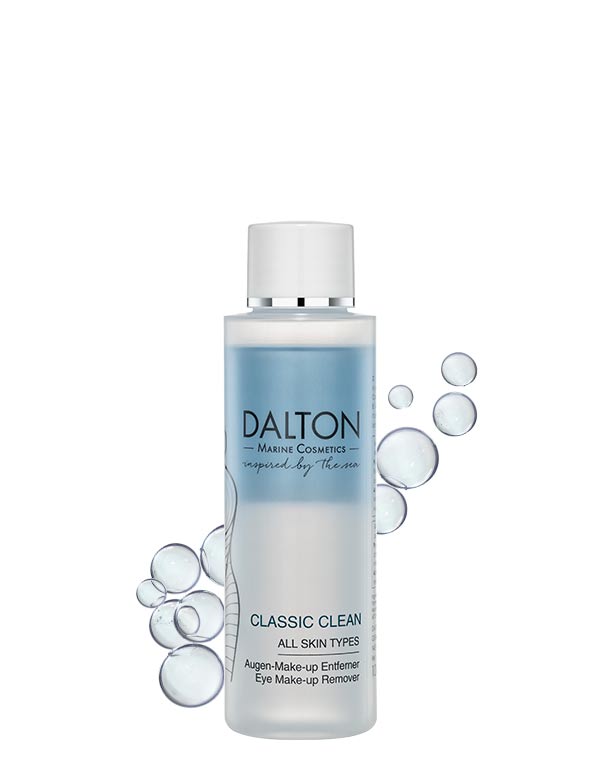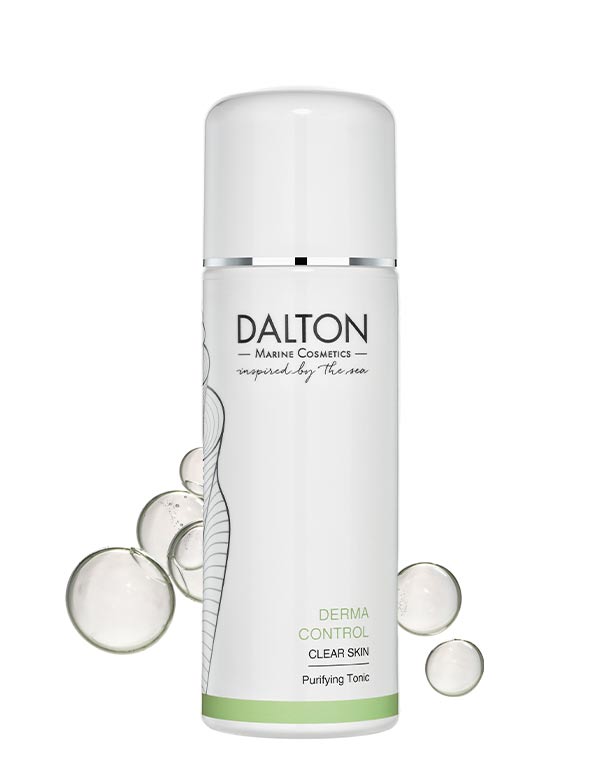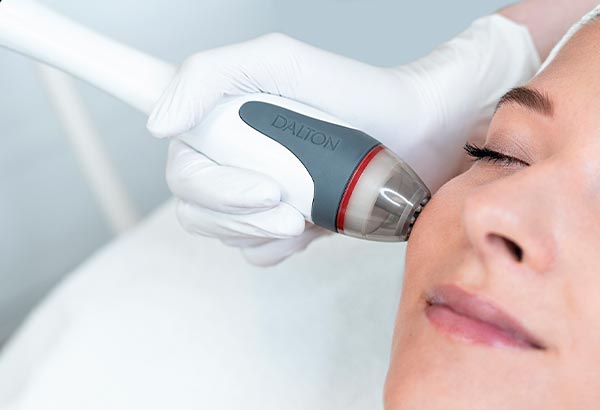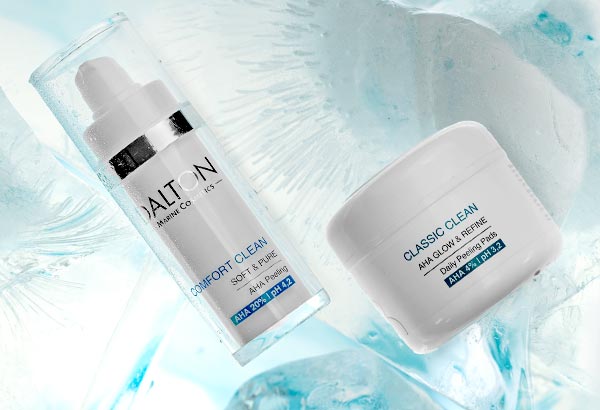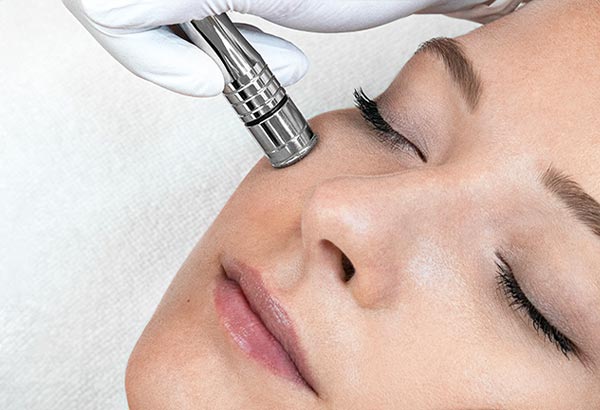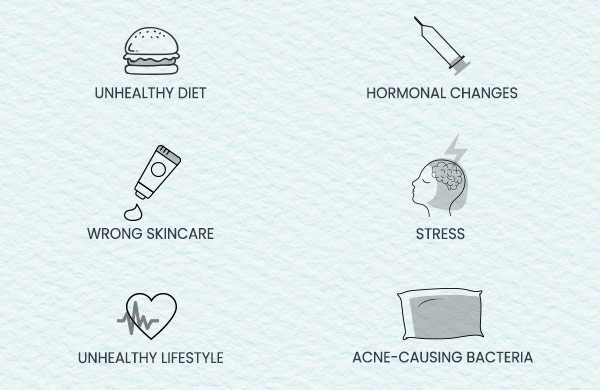

Pimple alert? Understand the Link Between Acne and Diet
Blemish-prone skin and acne on the face, chest and back are not just problems plaguing teenagers. Many adults suffer from acne, too. In the following, we will examine which foods might provoke or reduce acne, investigate the role of dairy products and show you what lifestyle and dietary changes you can make to get breakouts under control.
Pimples and Acne Breakouts – Common Causes

Unhealthy Diet ∨
Hormonal Changes ∨
Wrong Skincare ∨
Stress can trigger acne breakouts ∨
Unhealthy Lifestyle ∨
Acne-causing bacteria ∨
SOS Spot Concentrate – Quick Fix for Breakouts
We’ve all been there – woke up in the morning and a surprise pimple reared its ugly head. Our anti-acne SOS Spot Concentrate is an absolute miracle cure. Apply to any emerging or existing blemishes and acne lesions to reduce their size in a very short space of time.
Tip: For easy and hygienic application, it is best to use a cotton pad.
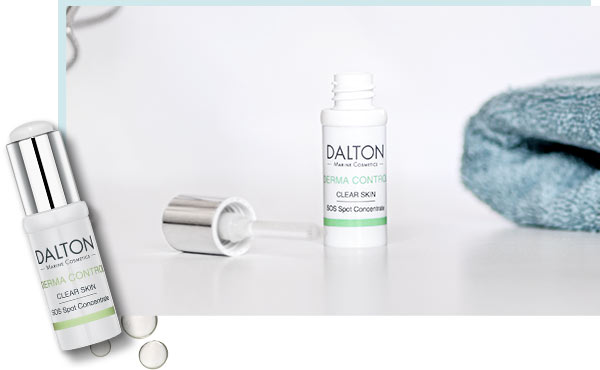
Acne and Milk – How Does Dairy Affect Your Skin?
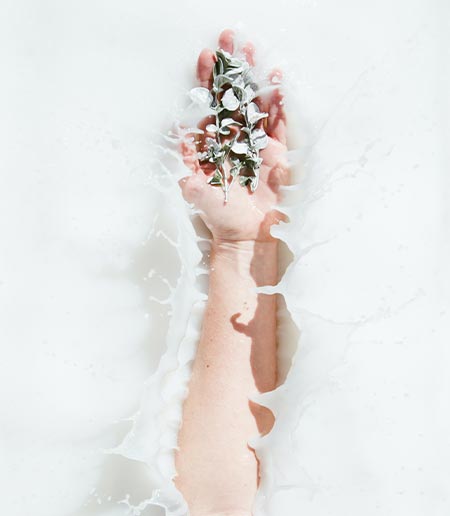
Cheese on toast for breakfast, some yogurt as a snack between meals, ice cream for dessert and we like our latte macchiato with plenty of milk foam. However, recent studies have shown that high milk consumption and dairy intake can be linked to skin issues like puffy eyelids, dark under-eye bags, dark circles and acne.
Milk and all dairy are strongly tied to inflammation and insulin spikes. Many scientists believe that it may be the hormones contained in cow’s milk that are problematic for humans. Just like humans, cows produce growth hormones during pregnancy, which lead to high levels of insulin in the body. There is no difference between the different varieties of milk, such as whole milk, skim milk, low-fat milk or other dairy products. The insulin-spiking hormones can be found in all of them. High levels of insulin lead to increased production of the male hormone testosterone, which in turn leads to increased sebum production. In summary, consuming milk and dairy can cause an overproduction of sebum, which clogs the pores and can result in pimples and blackheads. Furthermore, milk intake increases insulin-like growth factor levels, which contributes to hormonal acne. Finally, adult acne can also be triggered by lactose intolerance and milk allergy.
You are not sure if your skin reacts poorly to dairy?
Try it out: Try to avoid all dairy and milk products in your diet for at least four weeks. However, that does not necessarily mean a radical change in your diet. There are quite a few great alternatives to dairy milk, like for example soy milk, oat milk and almond milk. But be careful and watch their sugar content. Some of these dairy-free foods are surprisingly high in sugar - another enemy of clear skin!
Clear Skin Diet – Avoid Acne-Causing Foods
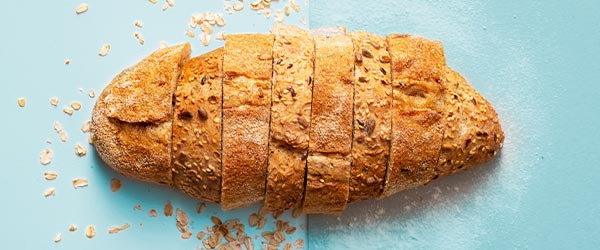
Low-glycemic diet
Western diet is characterized by greasy foods, dairy and high glycemic load foods. The glycemic index of a food measures how fast that food raises your blood sugar. Eating high-glycemic foods leads to a spike in blood sugar levels and insulin. As a result, elevated insulin levels stimulate the secretion of androgens (male sex hormones), which can prompt the sebaceous glands to boost sebum production. If you want to follow a low-glycemic load diet, you should avoid certain foods with processed carbohydrates, white bread, white rice and cookies.
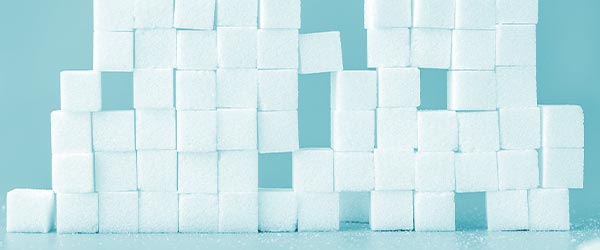
How sugar impacts skin health
Chocolate, candy, ice cream and sugary drinks – those are not just bad choices for those who watch their diet. If you suffer from acne, following a few dietary tips can go a long way, too. Not only can sugar damage the connective tissue, but it has a high glycemic index value as well. It causes healthy collagen fibers to lose their elasticity and accelerates skin aging. And of course, a high sugar diet can contribute to acne. Unsweetened tea and fruits provide a better and healthier alternative to candy and drinks that are high in sugar and fat.
Best Diet for Acne-Free Skin
A balanced diet is just as important as a good skincare routine to achieve clear and healthy skin.
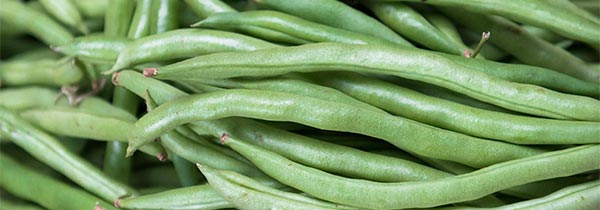
Intake of dietary fibers provides a wide range of health benefits. They reduce the energy density of foods, which lowers insulin production. Whole grain products and legumes such as lentils, beans, green vegetables and dried fruits are all great sources of dietary fiber.
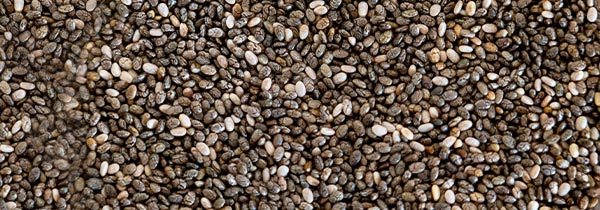
Omega-3 and omega-6 fatty acids: Consuming more omega-3 and omega-6 fatty acids can help to reduce inflammation and promote clear skin. Plant-based omega-3 sources include chia seeds, flax seeds, walnuts and hazelnuts. These are also very beneficial if you are following a vegan diet.
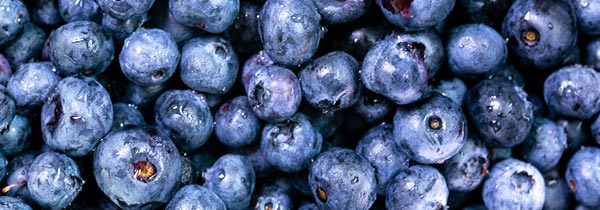
Free radicals are unstable oxygen molecules that lead to oxidative stress and cell damage in the human body. Antioxidants protect our cells, including skin cells, from these harmful free radicals. Vitamin C, vitamin E and beta carotene (the precursor to vitamin A) are some of the most important dietary antioxidants. Eating lots of fruits and vegetables like blueberries, spinach, bell peppers (rich in vitamin C), carrots and sweet potatoes (rich in vitamin A) is a great way to include many antioxidants in your diet.
The Key to Clear Skin: Make-up Removal and Cleansing
The most important daily habits for beautiful skin: Eat a healthy diet, clean your face in the morning and at night and don’t forget to remove your make-up thoroughly every day. Throughout the day, dirt, sebum and bacteria accumulate and clog the pores, which can lead to comedones and acne. Proper facial cleansing is the best way to prevent breakouts and help the skin regenerate overnight. Here is our step-by-step cleansing routine before bed:
Get rid of mascara and eyeshadow: Pour a bit of Eye Make-up Remover onto a cotton pad and gently cleanse your eye area. It can also be used to remove waterproof lipstick.
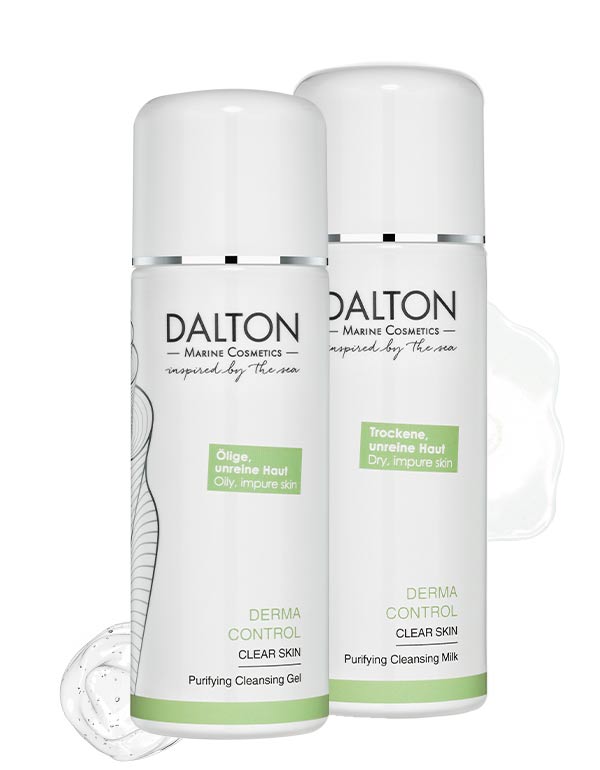
Clean your face: Foam the cleanser up with some water in the palms of your hands, then massage over your facial skin. Finish by rinsing the cleanser with lukewarm water.
Don’t forget to use a toner. The toner removes any last traces of dirt and make-up, moisturizes the skin, restores the skin’s natural pH and makes it easier for the skin to absorb other products.
How to Get Rid of Acne Scars?
Even after acne lesions have healed, they can leave unsightly scars and red marks on the skin. These acne scars can be as emotionally distressing as the breakouts themselves, since they affect the patient‘s appearance and self-confidence.
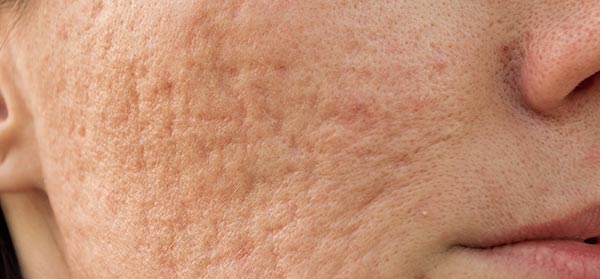
How Do Acne Scars Form?
Acne scars form where the stratum basale is injured. The stratum basale is the deepest layer of the epidermis, where new skin cells are formed and gradually rise to the surface layer of the skin. When you squeeze inflamed acne, you can damage the fine veins, sebaceous glands and the tissue underneath. That is why you should never pop inflamed zits. It is always better to consult a dermatologist or to have a professional aesthetician perform the extraction on your behalf.
How to Treat Acne Scars?
Unfortunately, acne scars cannot be completely removed. The good news is that in most cases they can be greatly diminished. How much they can be reduced depends on their size and shape. There are many different treatment options to help fade acne scars:
AQUA FACIAL TREATMENT
An Aqua Facial treatment can help to reduce scars. The combination of AHAs and BHAs with vacuum suction fights blemishes, improves uneven facial skin and creates a smooth, even complexion. However, you should make sure that your wounds have completely healed up before starting to treat the scars.
AHA PEELS
Chemical peels with alpha hydroxy acids (AHAs) are the easiest way to do something about scars from the comfort of your own home. Even low concentrations, like our 20% AHA Peeling and our Daily Peeling Pads can achieve great results. However, you should make sure to begin the treatment at the right time. It is best to start in the fall and winter, as chemical peels make the skin more sensitive to the sun. You could also book a treatment at your local aesthetician’s office who offers chemical peels with a higher concentration of AHAs.
MIKRODERMABRASION TREATMENT
Diamond microdermabrasion is a method of mechanical exfoliation that removes dead skin cells from the top layer of the skin with the help of an abrasive diamond-tipped wand. As a result, this treatment improves skin texture and reduces the look of scars, with an added anti-wrinkle effect.

